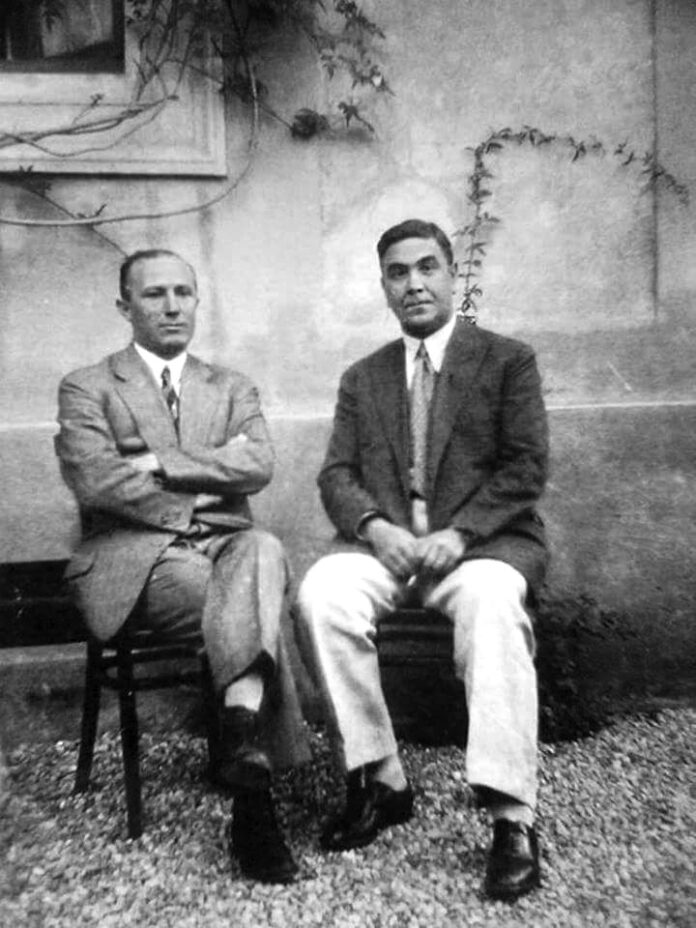Metal -tired creator: I’m not a blacksmith
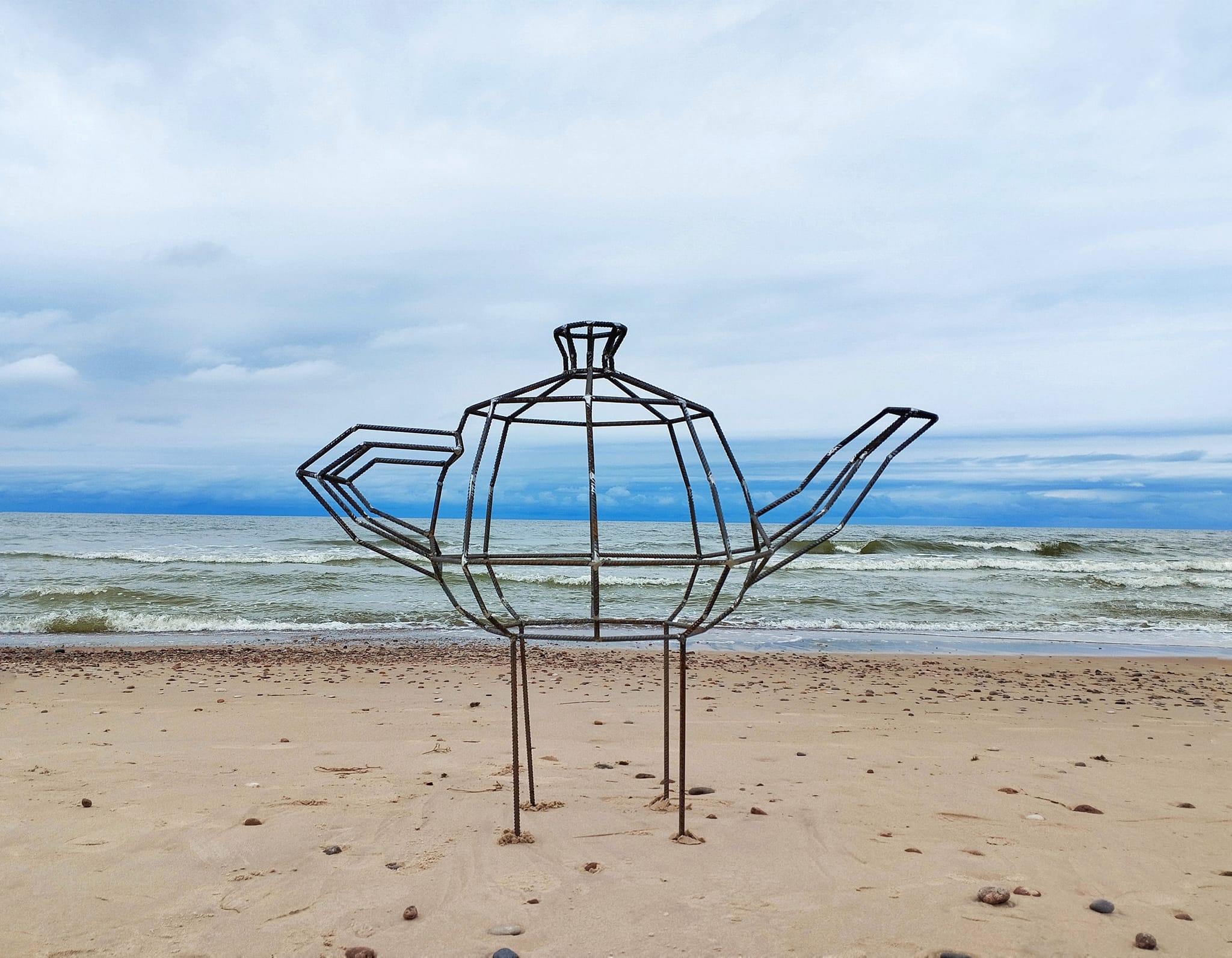
Not a copy but the original
– How should you deliver?
– Who am I? It is still too early to be the ruler of the world, so maybe a metal plastic surgeon? Sounds a little utopian, but in the art world it is not a drawback – there are no hands, less rules. It is always tricky to describe yourself – after all, it would be easy to attribute not to the titles. Maybe it would be more precise to say: an artist trying to get to know the metal. Or one who tries to rediscover it through art.
– Why did your nickname « hump »?
– It all started with my car that had this nickname. While working in the logistics, I had a well -paid and responsible job, but in life came the moment when I wanted to turn on the lower gear – changing the rhythm of life and feeling happier working with metal, even though earnings were lower. At that time, I was filing a blog about my car’s « backpack », driving it and participating in ancient car events. When I started working with metal, I started raising my work on the same page, and so the « Kupriukas » garage was transformed into my workshop. When I started to call me a backpack, this nickname came to this way. It doesn’t interfere with it – on the contrary, I think people are easier to memorize me, and now I have this nickname as my symbol.
– Where do you get inspiration from?
– I probably find the biggest inspiration in street art. At first glance, it may seem completely unrelated to the work of the metal, but the creativity that street artists is fascinated by me. I am constantly visiting the Exhibition Hall, observing the works of other artists – a kind of inspiration, which I try to apply in my work. Anyway, when I make wall decorations, I make them non -recurring that if a person has purchased them, he will certainly know that he has something authentic. Obviously, if the same person wanted a second piece of the same piece – I would make it alone and make it.
Fantasy: In the list of A. Stonis’ works, from the « Corrosion feast » to the portrait of J. Basanavičius. Photo by A. Stonis Personal Archive
The process becomes meditation
– Were there any jobs that seemed technically difficult or you would like to create, but you are not sure how to start?
– I currently have about 15 ideas that I intend to implement as soon as I find time. When you work to order, you have to fit into certain frames, then you may need more planning and adjustments, as you need to combine the final option with the customer. But when it comes to my work, the complexity is more about patience and endurance – sometimes I make decoration for seven days. It’s like painting a picture for a week. Such work is not big, but the process of creating it is very long and slow. But I like it. I just start music, and that process becomes meditation, pleasure.
– Have you tried to make other materials like wood alone?
– I’ve tried a little – once I restored a very beautiful, fine wooden sculpture, consulted with the joinery. There was also a case when I found an old oak table without legs – I was very happy because I was free to create new, completely different metal legs. Now that table no longer remembers the joiner workshop furniture. I have very little experience with the tree – if customers want specific wood elements, I usually work with the joinery. One of them is the « wooden » we have worked with repeatedly: it cares about the wooden part and I have metal. The truth is that metal is a very complex material. When I started, I thought: I will work with black metal for a couple of years, then move on to color, but the longer I work, the more questions I have, new challenges, new lessons. So I decided to stay by the metal.
– How do people value your art?
– Sometimes he says straight that my work doesn’t like it, but it doesn’t surprise me – everyone has their own opinion. I am not a blacksmith and do not do traditional blacksmithing, my work is focused on industrial design, metal art, so naturally not everyone will enjoy it. However, I usually get positive reviews, which is greatly motivated, encouraged and encouraged to continue to create.
Beginning: The personal « fever » of the metal, according to A. Stonis, began with the car called the « backpack », eventually becoming the nickname of the creator himself. / Photo by Ilma Jurkuvienė
From centuries to J. Basanavičius
– What does your creative process look like?
– Mostly I try to have a clear action plan – from A to Z, in order to make as little correction as possible. Although sometimes the final piece may be slightly different from the original idea, I try to follow the original direction. However, unexpected turns often appear in creation. One of the most memorable pieces is the creation of an invisible hourglass. The inspiration came from the thought when many say, « Time passed, and I didn’t even notice. » Then I thought – maybe it’s better not to watch the time and to hear it? I wanted the clock to work on the sound – the falling particles would hit the metal and emit sound. I was looking for the right material, and the development process itself was so complicated that I had twice helped everything aside. But in the end, when I succeeded, I decided to install another surprise – the clock became two time zones: one way time goes 15 seconds, to the other 13. It was a creative journey with many challenges, but the original idea remained to create an invisible hourglass.
– What is your favorite piece?
– Although every year there are works that are more memorized, one of the favorites is the Corrosion Corporate. It is a piece that I was most fun to create and whom I said goodbye to. It is a centipede made from the reinforcement, which is moving towards the stand that seems to have already eaten. I used unconventional technique, specially cut the corner of the stand to make it clear – corrosion is happening. Working may not be pleasant to everyone, because insects not all cause sympathy, but both the work process itself and the end result were fantastic to me. In general, I try not to attach too much to my creations. One artist has said that he can take an arrogant look at his creation by loving his work too much. I avoid it – I want to stay simple, and in the works I still find what can be improved. There is no end to perfectionism.
Who am I? It is still too early to be the ruler of the world, so maybe a metal plastic surgeon?
– What jobs do your customers usually order?
– From the beginning, my « horse » was a reinforcement. While others hide it under the concrete, it appeared to me to be beautiful and interesting, so I started to make wall decorations from the thinner reinforcement – individual, human wishes or interior. This is now one of my main works. In addition, I make various metal products – furniture, decorations, repair and restore items. Although I like to create sculptures, it is difficult to survive from art alone, I need to discover that customer, so sometimes more practical orders have to be taken. But from time to time I make a creative break from orders – then I completely dive into the sculpture. I am particularly interested in the industrial design, processing of old things and turning them into something new. It is important for me that the work is not simply made, but to have an idea, to travel, to impress.
– Is it possible that customers are asking for re -development of the work already?
– Yes. For one café, I had created a seagull rising upwards – a composition over several floors, and they were increasing as the stairs were moving. After that, I got a lot of inquiries to make the same terns, but I refused – I reproached everything, did other things to prevent it from happening again. The same cafe later ordered another seagull composition – I did. The same was with the Oldman cafe. When their first cafe in Palanga opened, I made a portrait of Jonas Basanavičius over the fireplace. A couple of years later, when he opened the second cafe in Kaunas, he asked for the same portrait again – I created them again. But if someone else came and said, « I give you any money, just make me J. Basanavičius, » I should give up.
In the mind – Dream Park
– How do you present your work at art fairs?
– Many bring their works to art fairs in the hope of selling them. I look at this process a little differently – it is more important for me to meet people, get feedback, communicate with those who already have one or another of my work or are still planning to buy it. Because my works are often larger, heavier, demanding space and context, they are not that easy to sell them. So I decided to create a somewhat unexpected format at the fair-I prevented me as a 90s market trader. In the corner, I had taken pictures of my work, and the main exposition consisted of various pieces of metal and ancient scales – those who wanted to weigh them and grab them. I have noticed that many people come to art fairs with a certain inner barrier – they are afraid to access, talk because they feel pressure to buy something. But when he sees such an unexpected, playful exposition, curiosity overcomes. They stop, ask, talk. There is no longer the usual « seller -buyer » relationship – a friendly connection, a sincere conversation comes.
– You have set the goal of creating an ancient coffin park. How does this dream develop?
-There is that dream to create maybe not only an ancient coffin park, but in general, something similar and completely different from the Vilius Orvidas homestead-museum, or, for example, there are similar places like « pots » in Žagarė or Vaclovas Into Stones Museum. Yes, there is a desire to create a certain utopian place with some of the ancient coffin, ancient attractions that I have found. There I dream of creating a toy museum and such an art space that would be a unique, beautiful place, an exclusive corner in Lithuania. And it’s good. This year, I plan to organize an art festival at that place, both friends and unfamiliar artists will gather, and we will see how it will succeed.

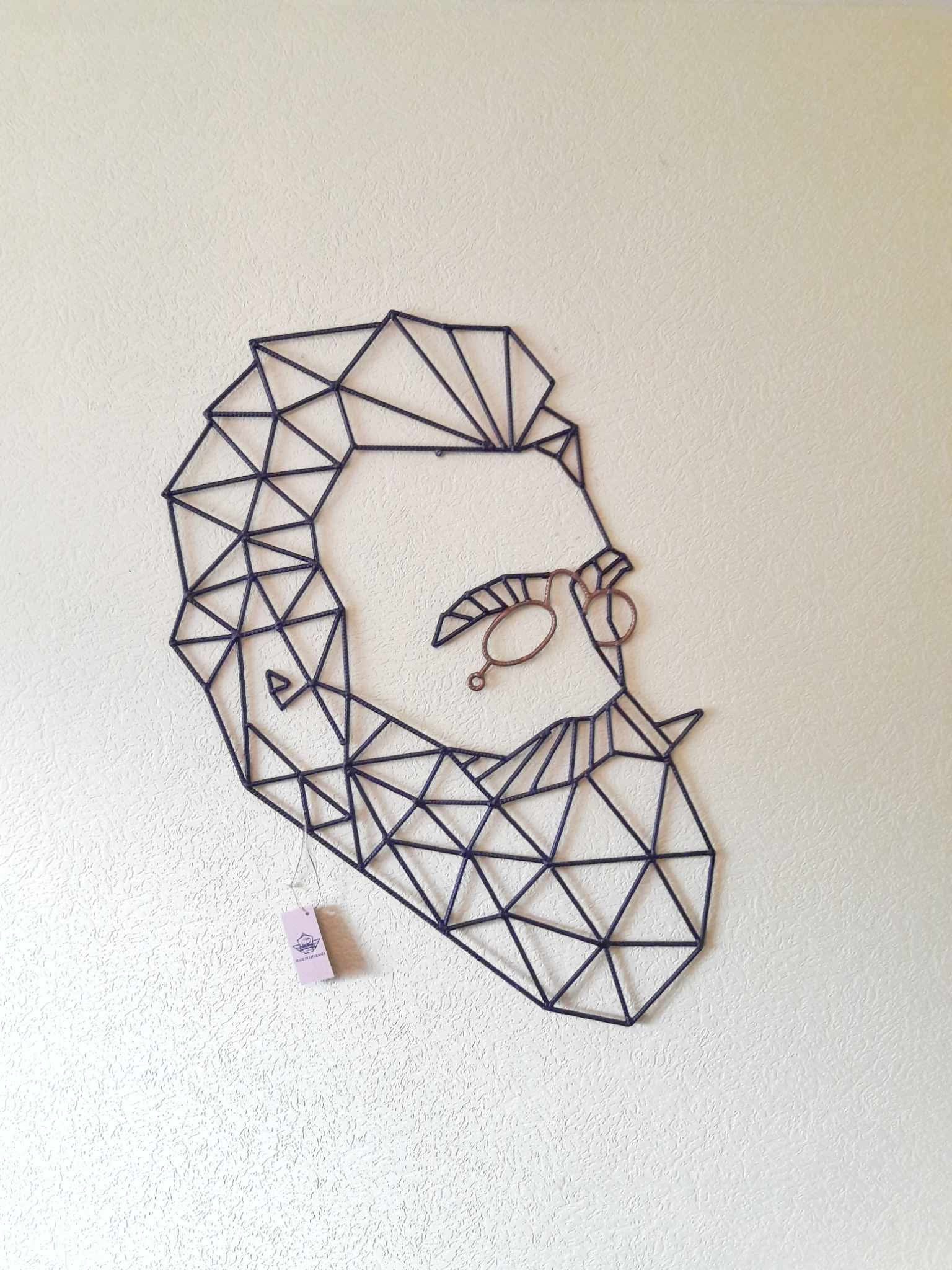
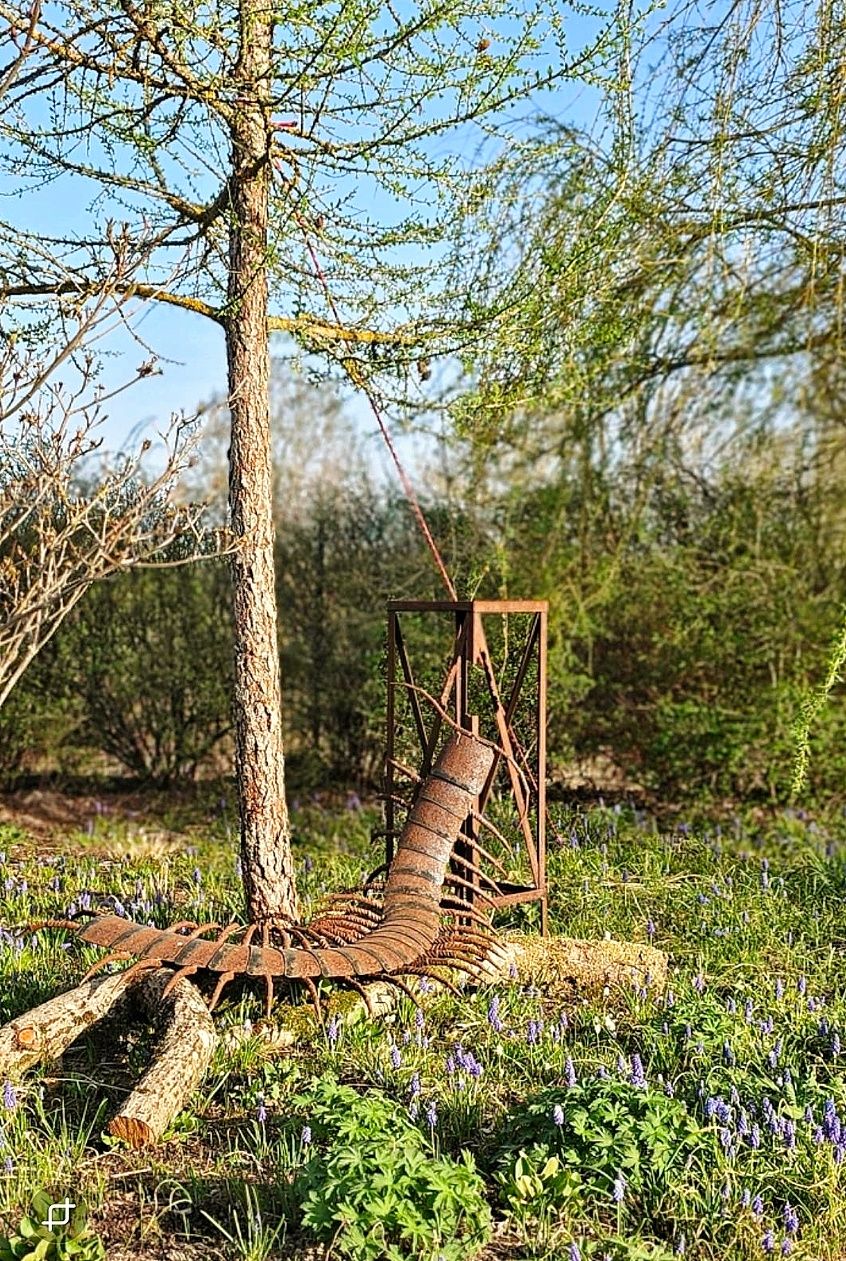
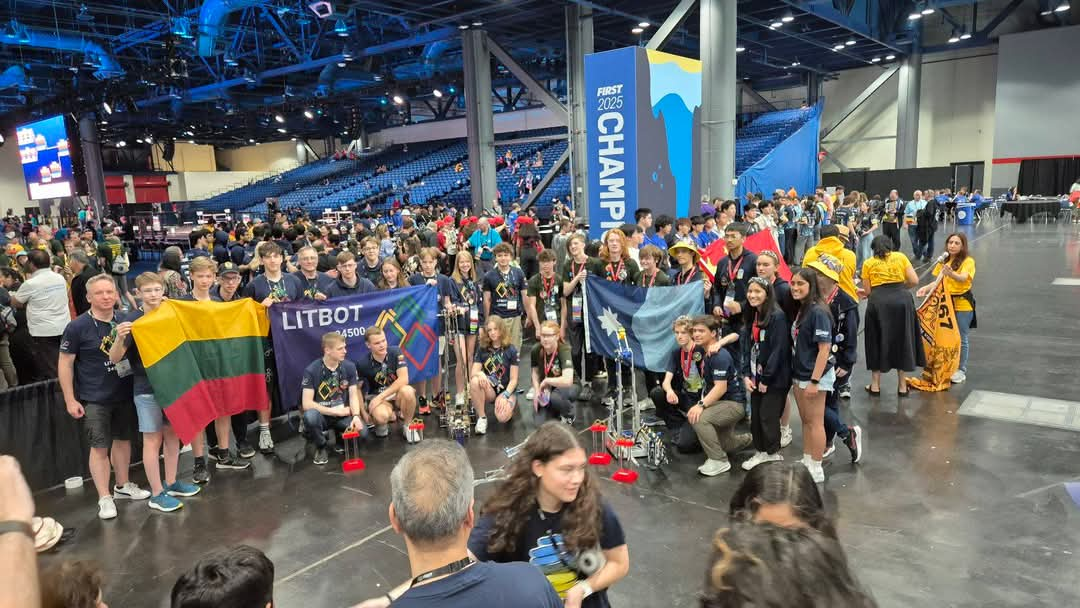
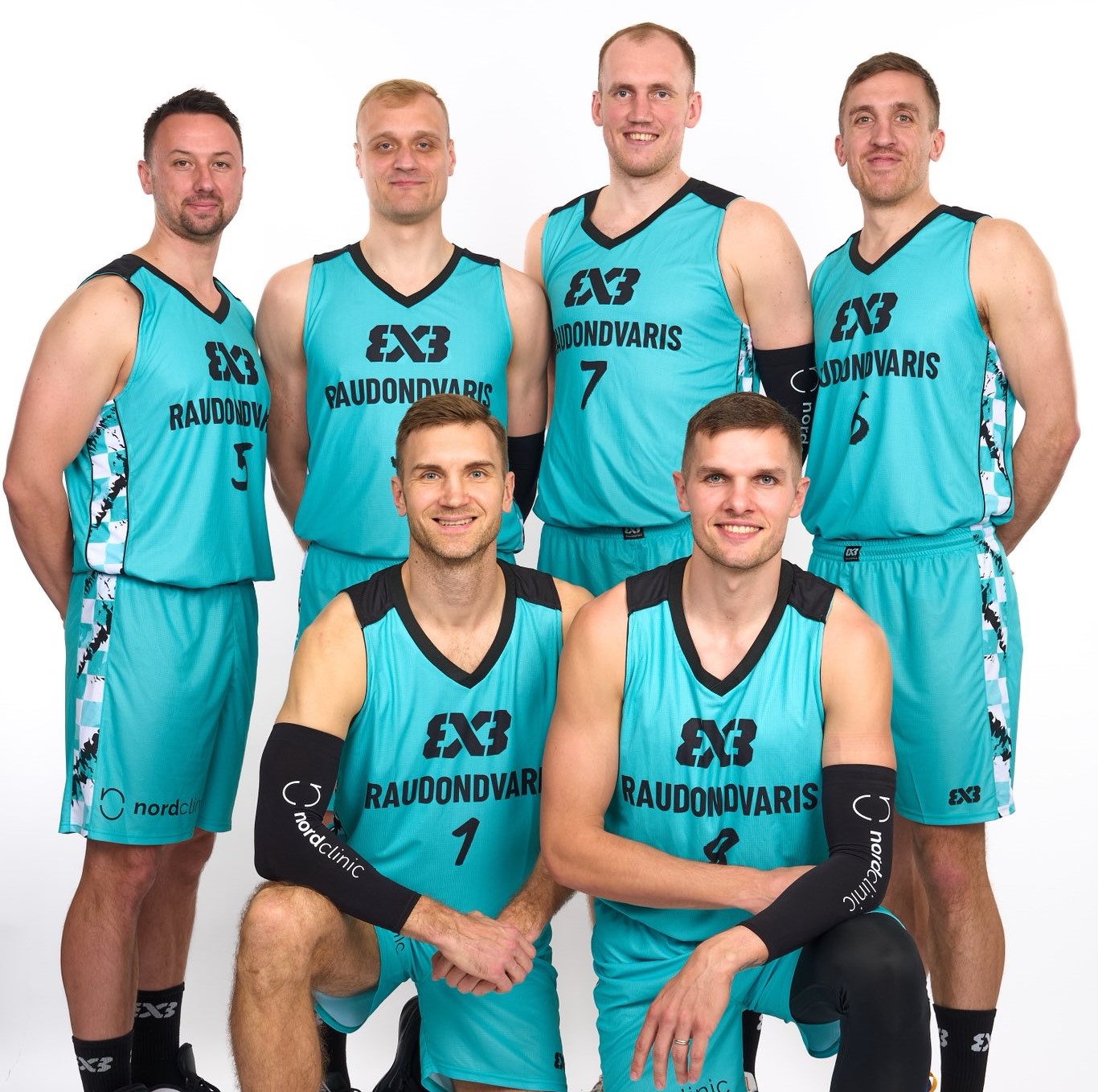
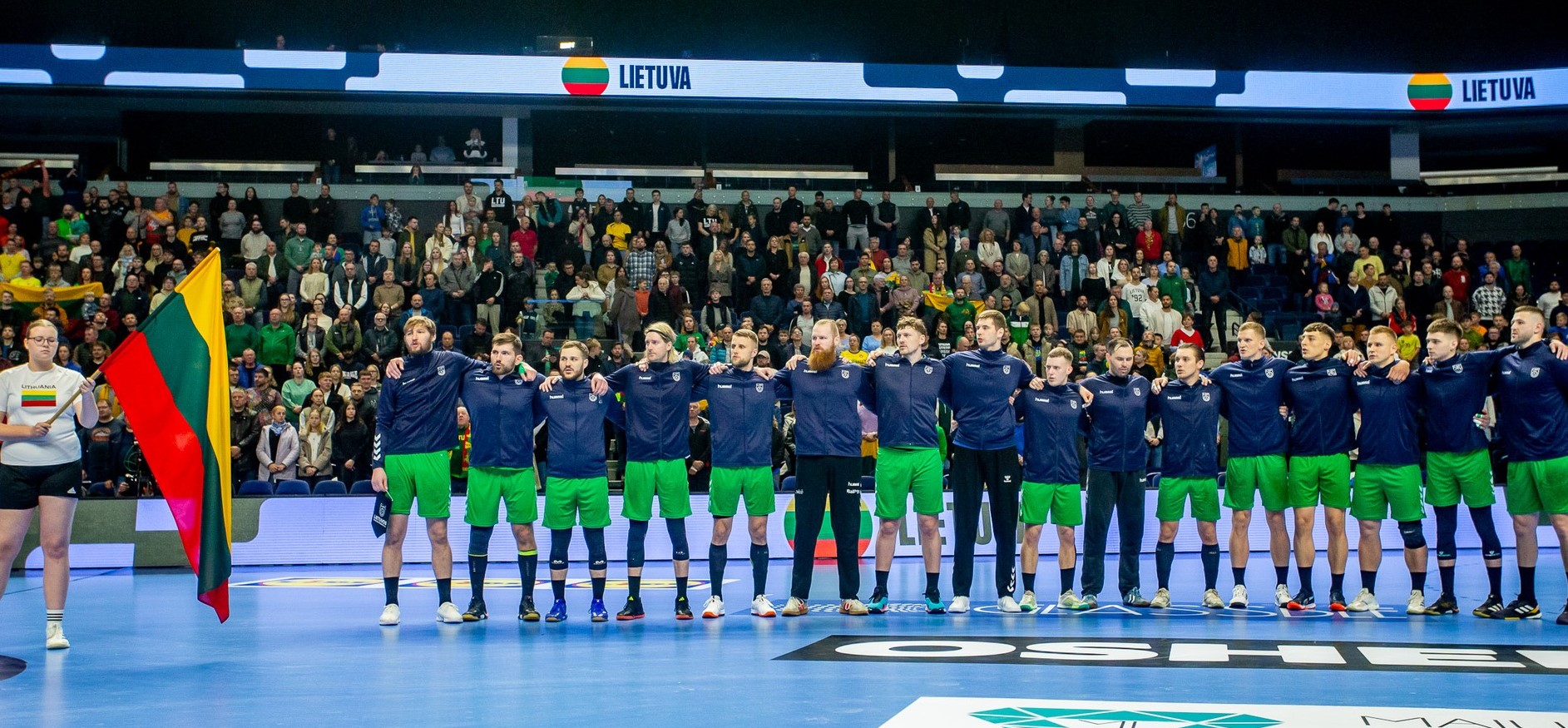

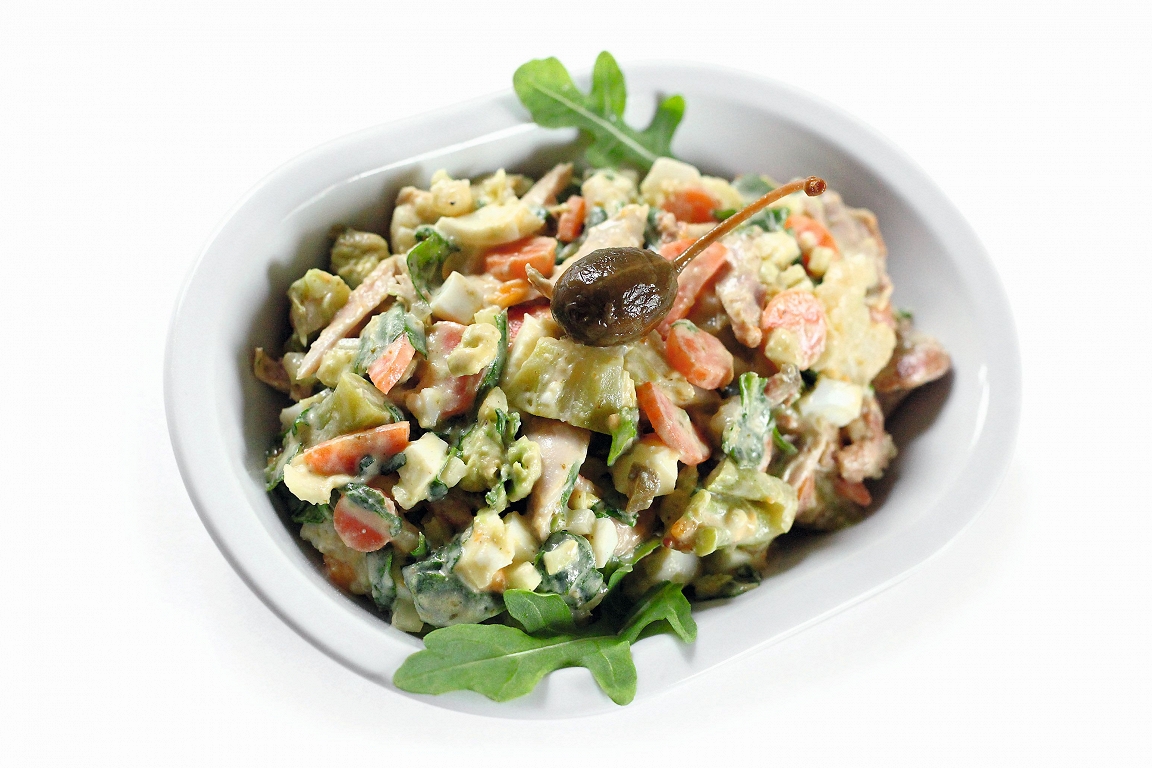

:format(webp)/s3/static.nrc.nl/wp-content/uploads/2024/03/23092058/web-2303IHNplasterk_liggendklein.jpg)
